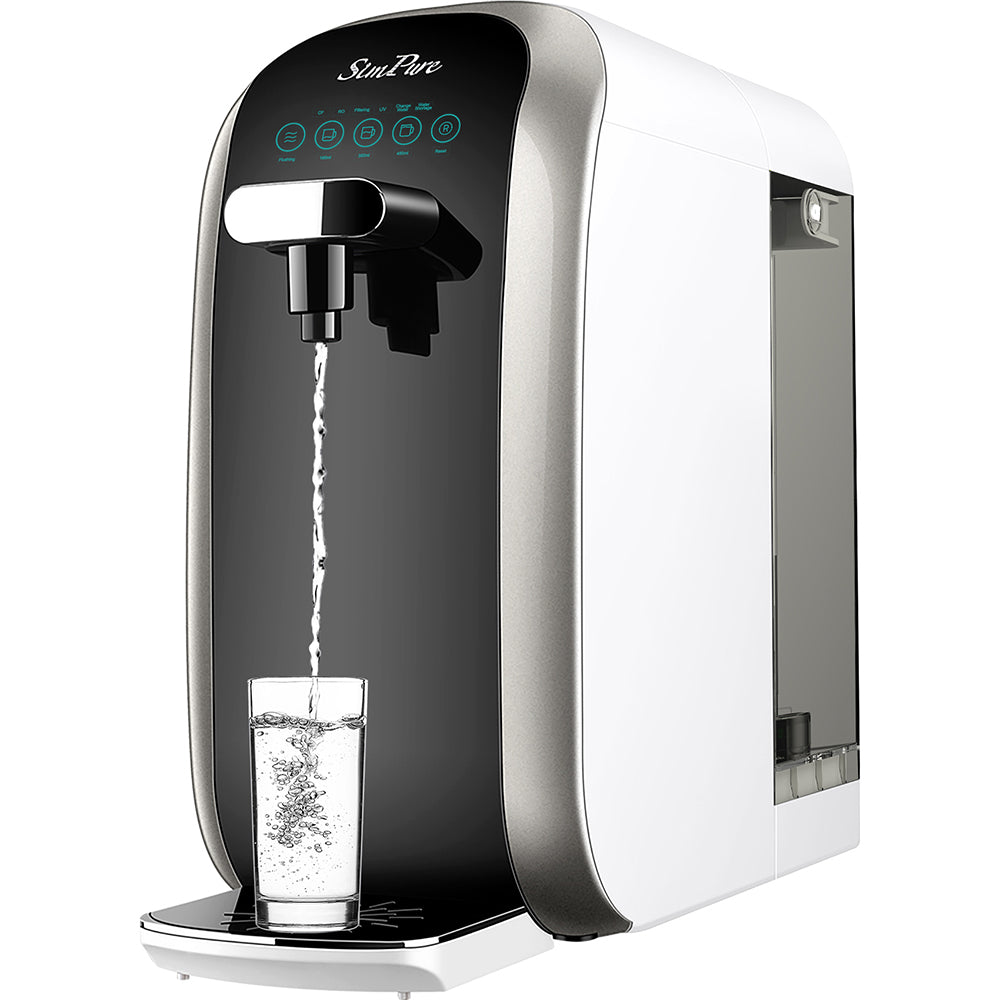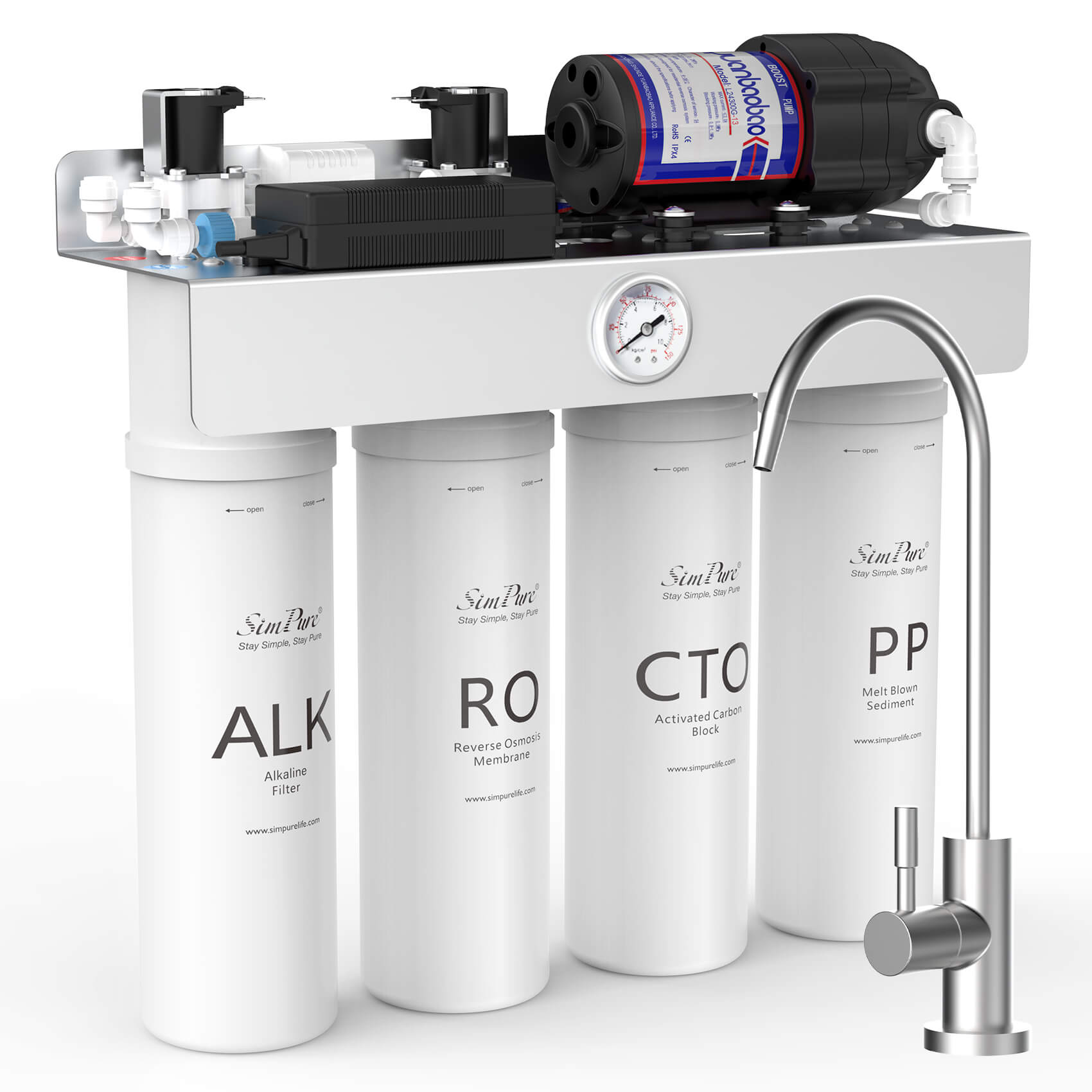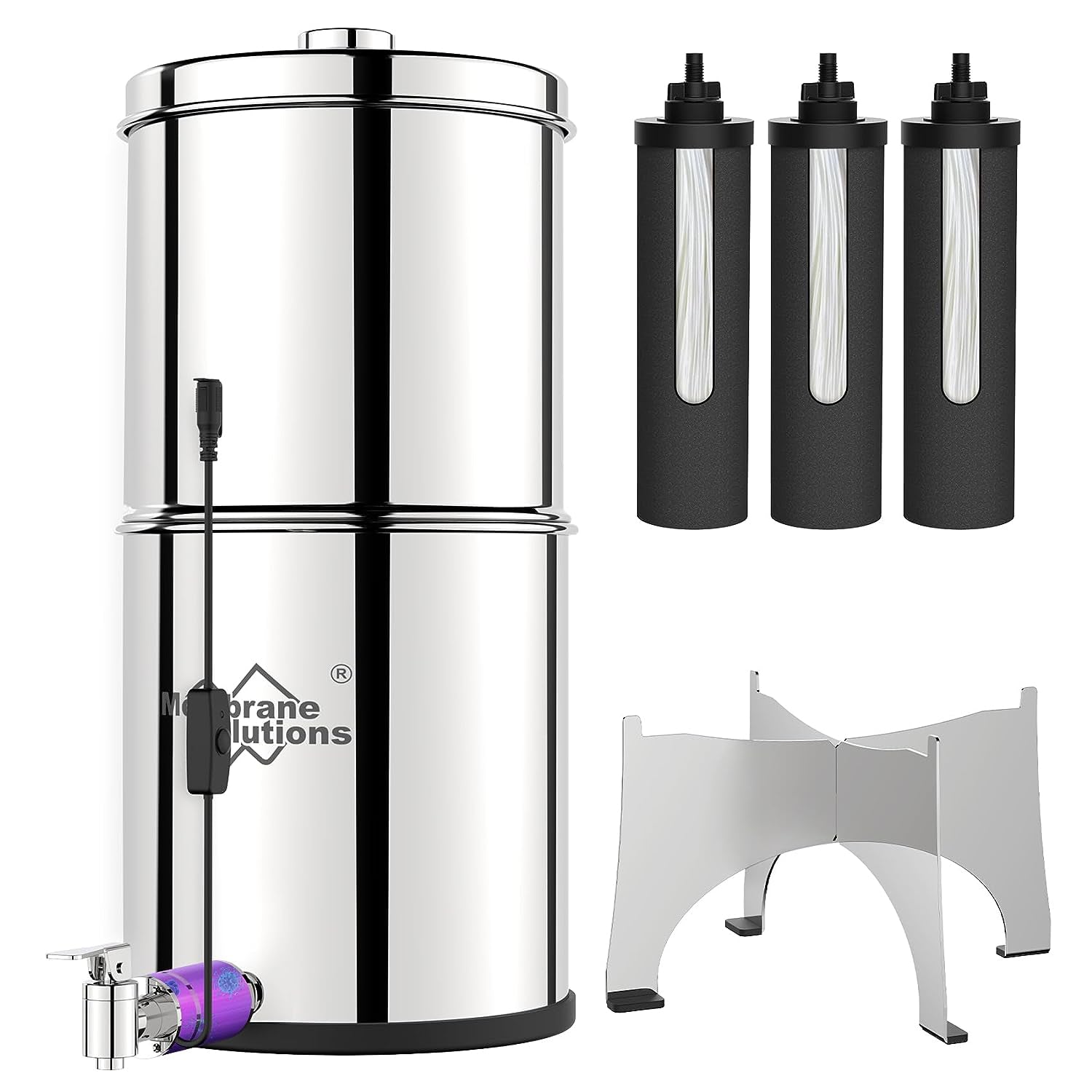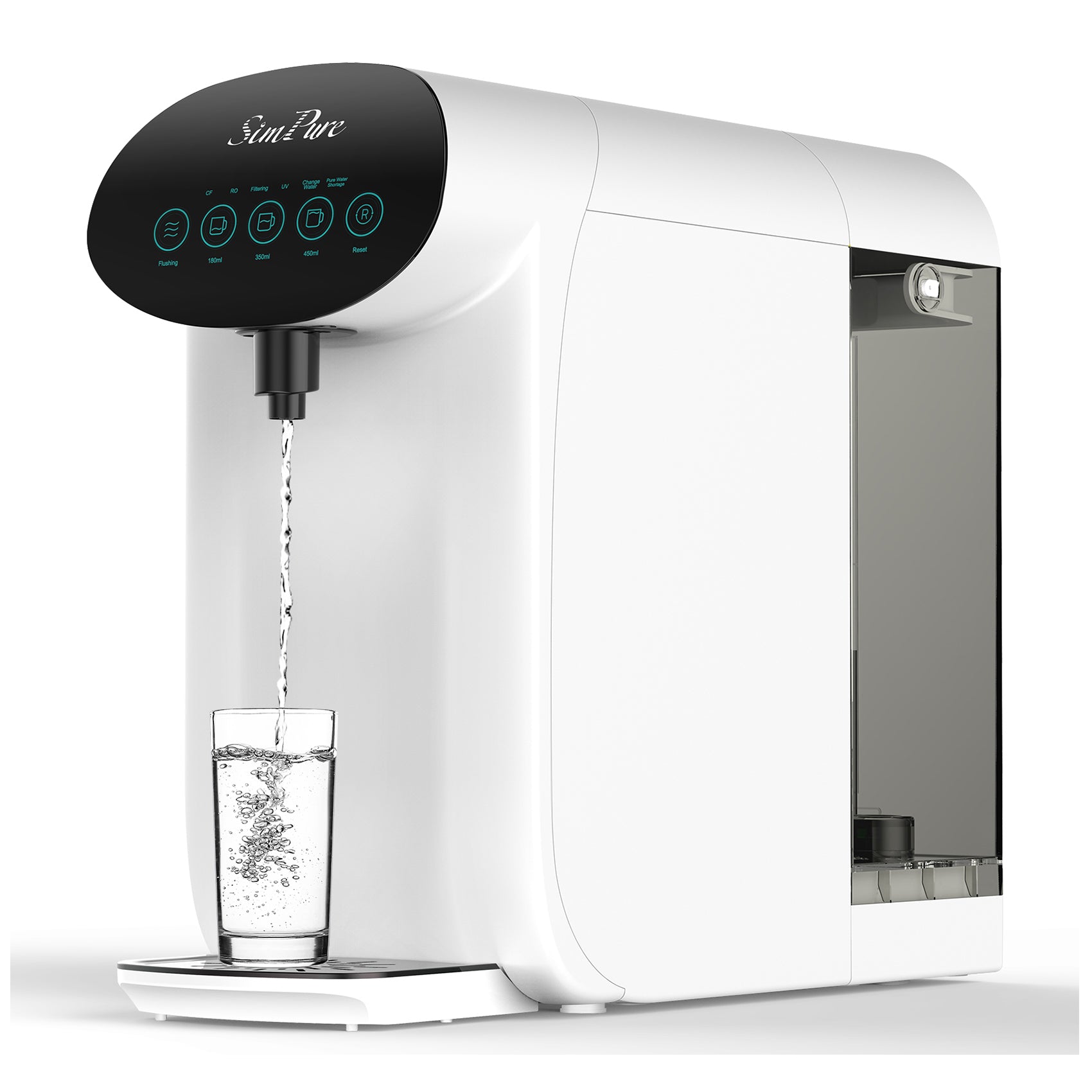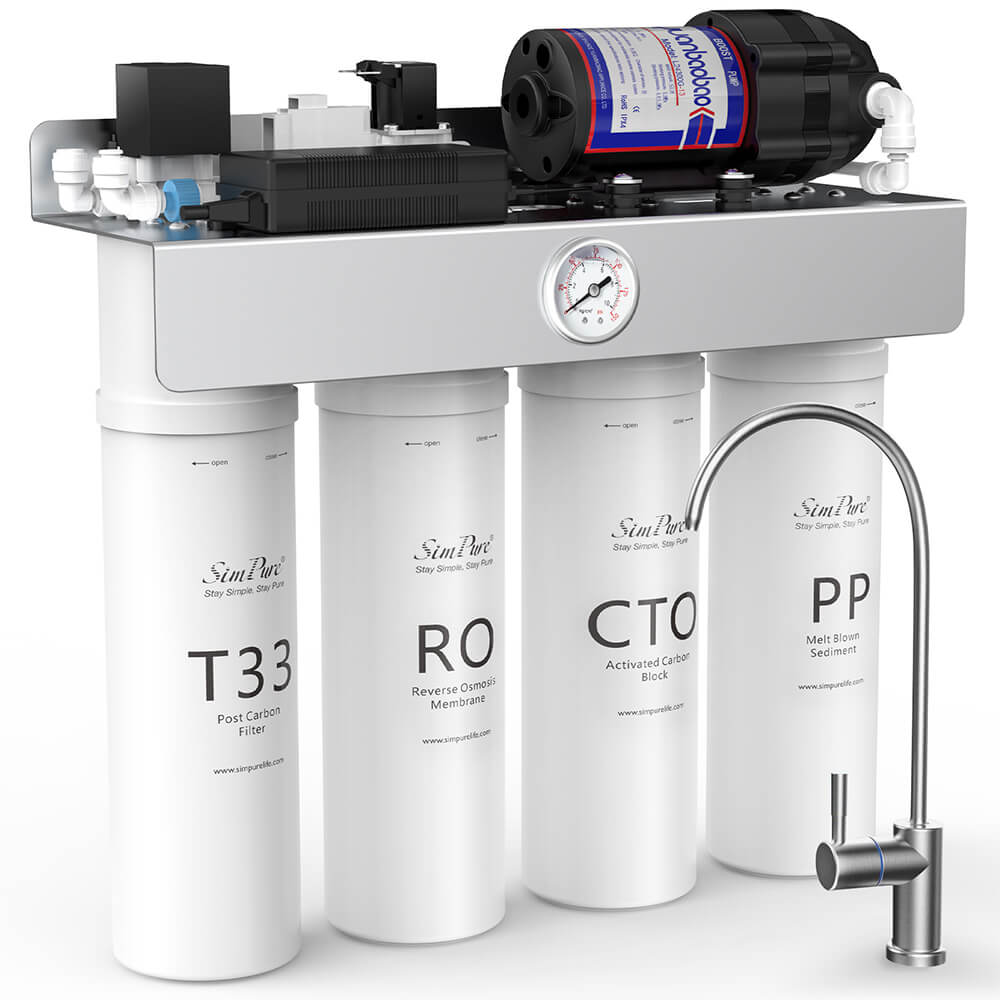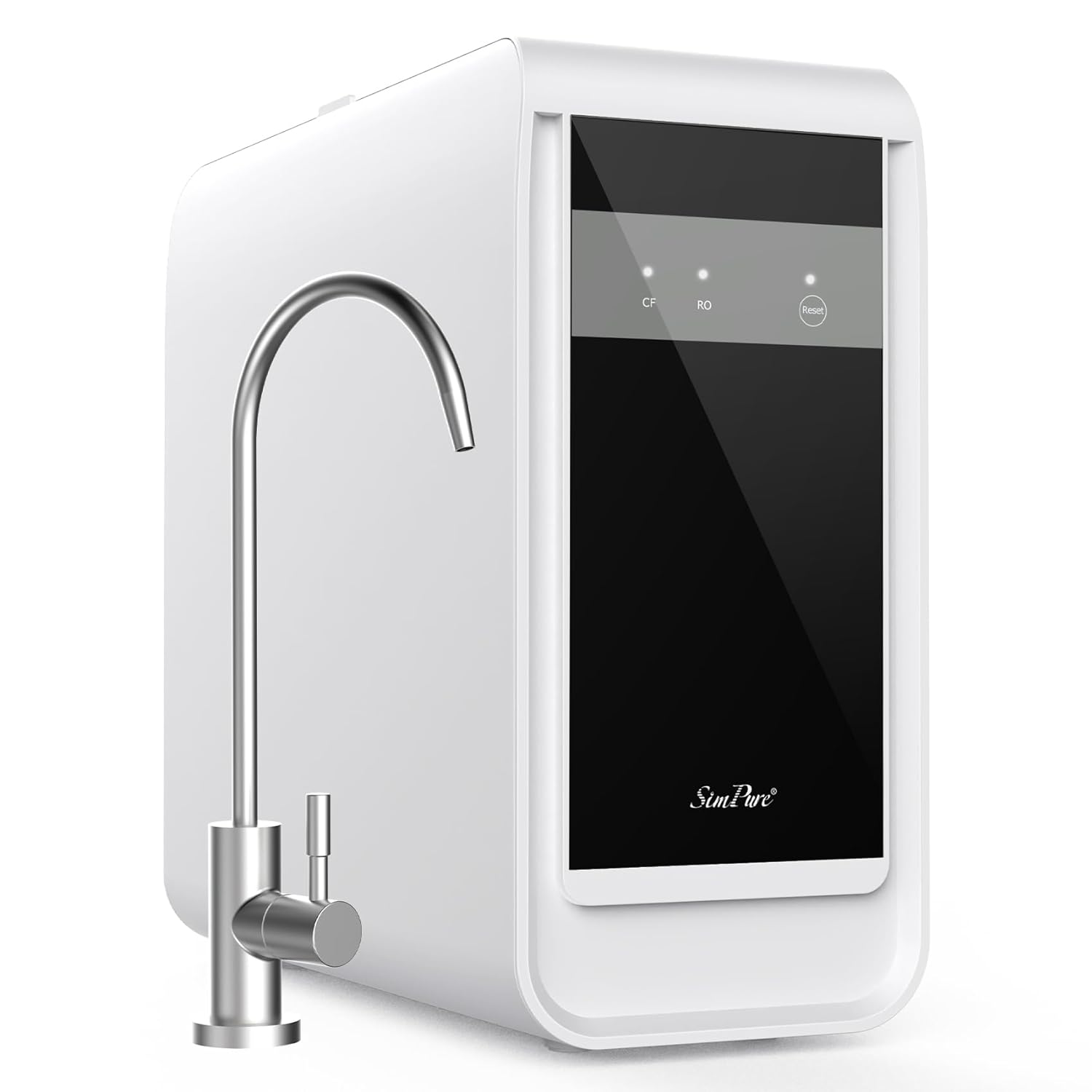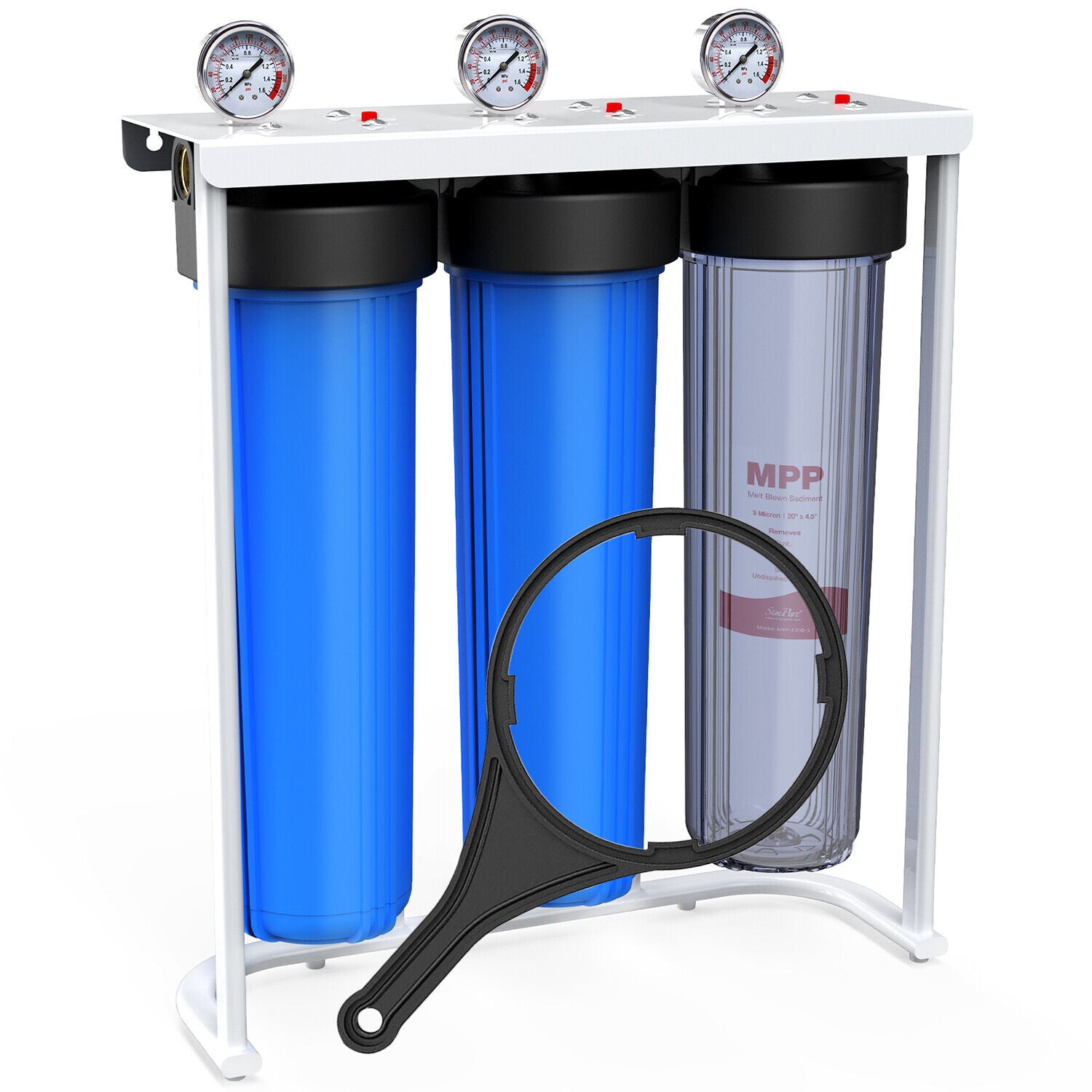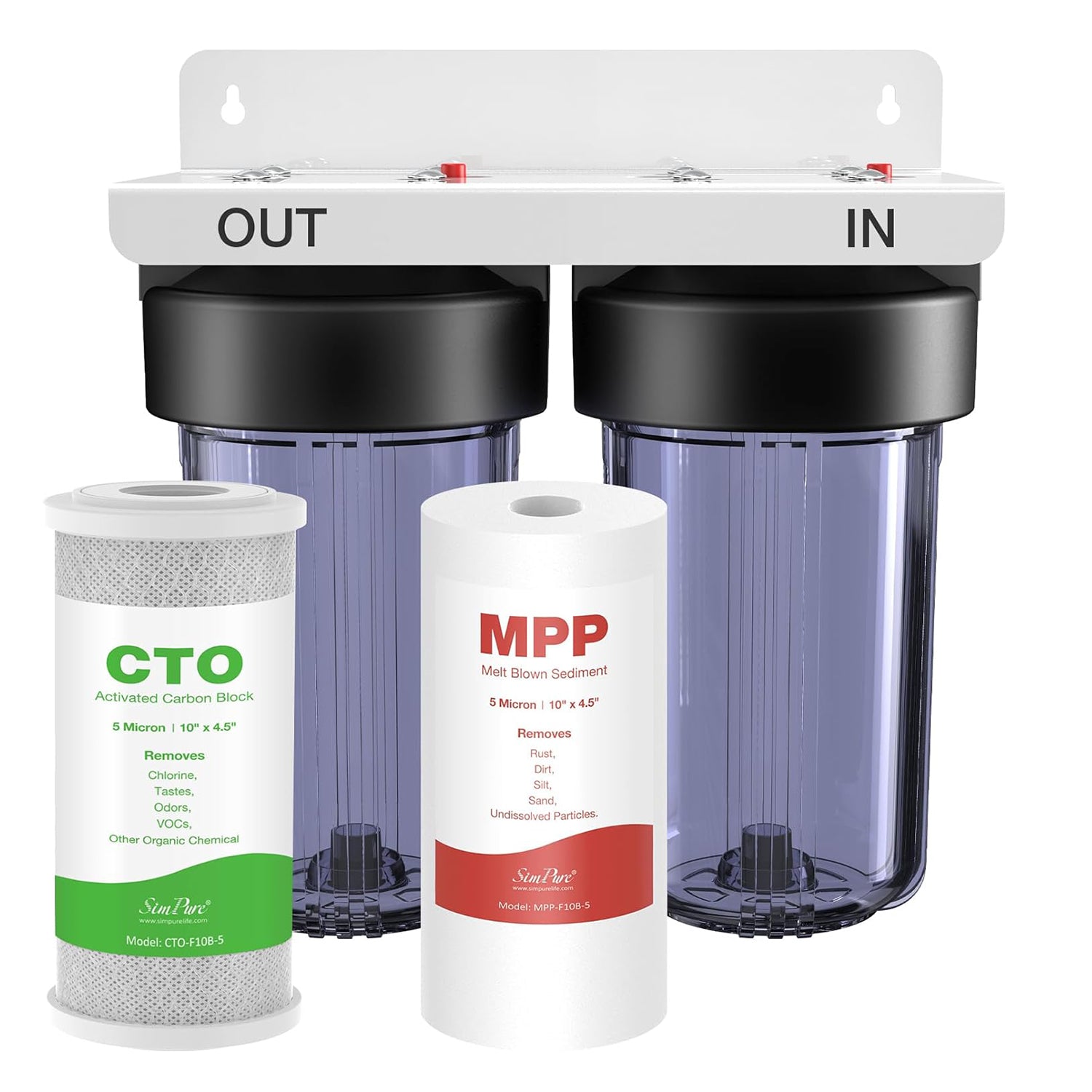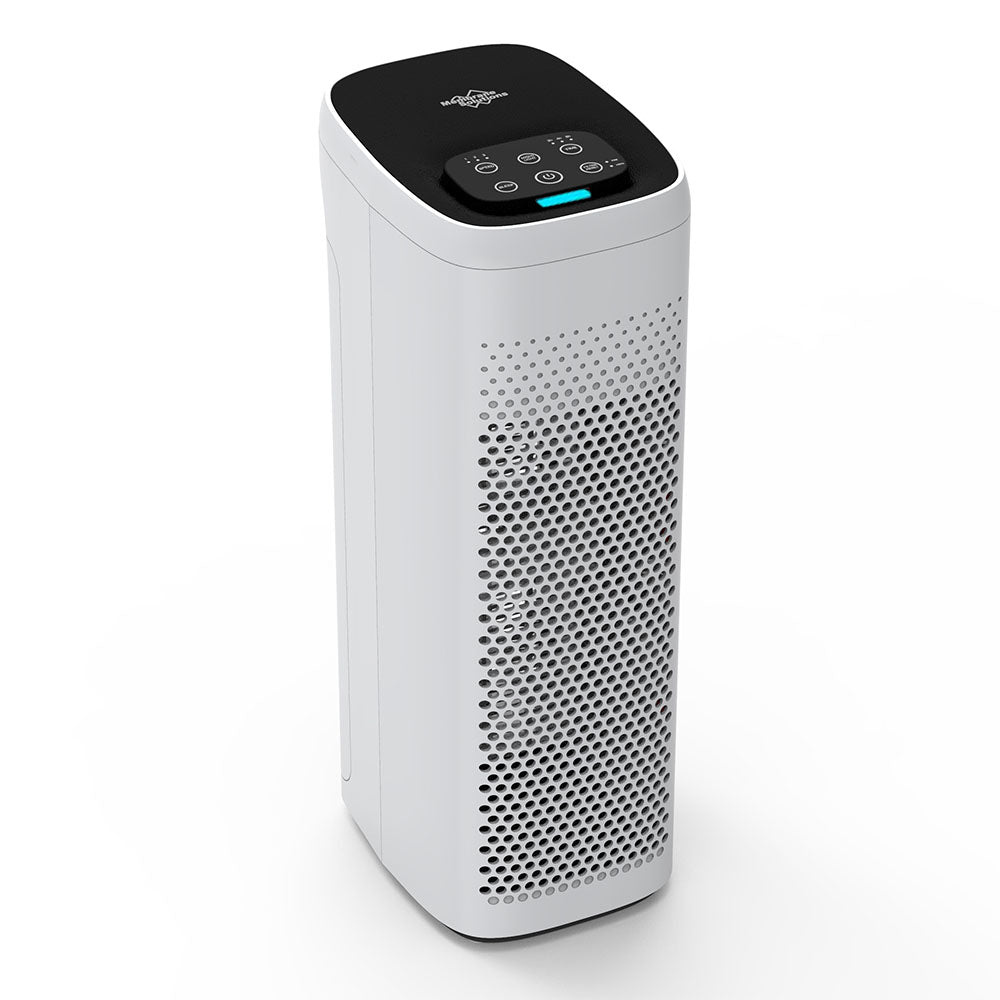what does a negative ionizer do?
Negative ions are negatively charged particles formed when atoms gain electrons. When charged particles come into contact with solids such as walls, windows, clothes, etc., they can effectively absorb the toxic substances contained in them, and at the same time, they can also well absorb dust or pollen particles in the air. The negative ion purifier can purify, dedust and sterilize the indoor air very well through the negative ions produced by itself. Compared with traditional air purification appliances, it has very obvious advantages. The most important one is that it can use negative ions as a factor to convert the original passive absorption into active absorption, and automatically absorb harmful substances in the air. The principle of the traditional air purifier is similar to that of the exhaust fan. It is a passive adsorption method. It mainly uses a filter screen to filter some impurities in the air, thereby realizing air purification.
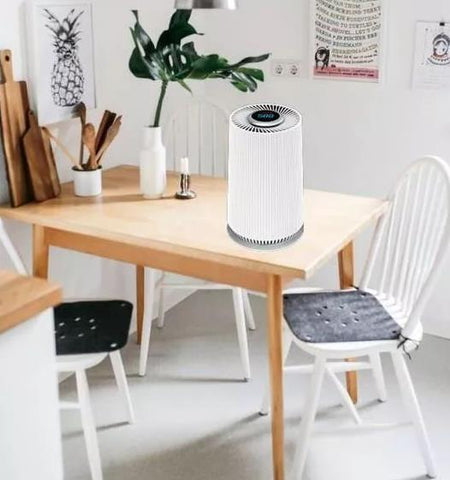
what do negative ions do in an air purifier?
1.negative ion can sterilize and deodorize in air purifier
The negative ion air purifier has a good sterilization and deodorization effect. When it is more important, it has the function of decomposing toxic gases, which can greatly reduce the content of toxic gases in the air, and at the same time can effectively avoid the space where the air does not circulate. infection caused by some infectious diseases. Negative ions in the air come into contact with bacteria, molds, viruses, etc. Since the negative ions themselves carry excess electrons, they will destroy their molecular protein structure, causing structural changes (reversed protein polarity) or energy transfer, so that bacteria, viruses and other microorganisms die.2. negative ion purifys particles in air purifier
Negative ions, as a kind of charged particles, the purification principle is to use the properties of charged bodies to attract light and small objects. This is more common in life. For example, the rubber stick rubbed by the fur can absorb small scraps of paper, or combing the hair with a plastic comb will absorb the hair and so on. The principle of air purification is that the negative air ions can make the invisible (particle size as small as 0.01 micron) particles in the air, as well as floating dust and odor molecules, attract, collide and neutralize each other between positive and negative ions to form neutrality. The molecular clusters sink to the ground to achieve the effects of dust reduction, deodorization and purification. Experiments have confirmed that when the concentration of negative ions in the indoor air reaches 20,000 per cubic centimeter, the amount of particulate dust in the air is reduced by more than 98%.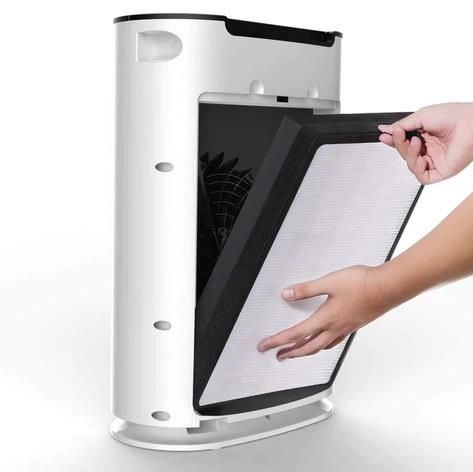
Besides, the negative ion air purifier can also increase the oxygen content in the air, and the released negative ions can combine with the toxic bacteria in the air, and then lead to changes in the bacterial structure and energy transfer. After investigation, it is shown that the negatively charged particles in the negative ions will increase the oxygen content in the blood of the human body, which is more convenient for the transportation, absorption and utilization of blood oxygen, thereby promoting the metabolism and circulation of the human body, and effectively improving the immunity.



